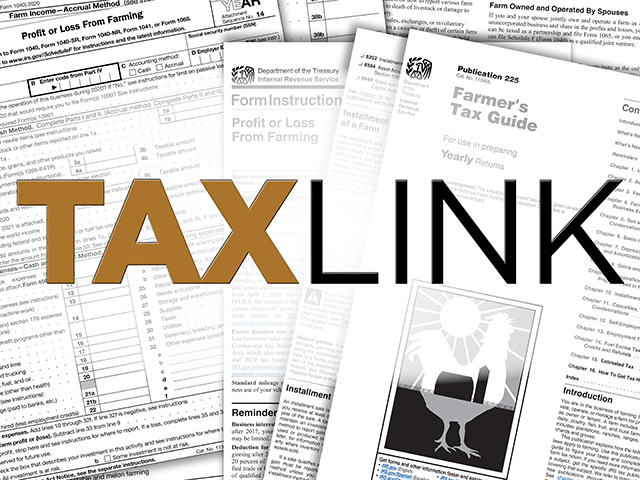Taxlink
Charitable Remainder Trusts
Based on what I've seen during tax planning, 2021 is shaping up to be a very good year. However, high income coupled with the limitation on the amount a farmer can prepay and lack of equipment to purchase has resulted in farmers looking for ways to mitigate the potential tax burden.
To throw another wrench into things, there is an increase in cybercrime directed at agribusiness.
Remember that when you sell grain on a deferred payment contract, you are an unsecured creditor and have risk if the co-op/elevator goes out of business. One option is the use of a charitable remainder trust (CRT). I've discussed CRTs before but thought it would be good to revisit the strategy.
Before we go into CRTs, I should mention that under the Biden tax plan, a contribution to a CRT might result in a deemed sale. However, the Ways and Means proposal released in September did not contain changes to CRTs (no tax on contribution of assets). We need to monitor taxation of trusts, but the use of CRTs seems to be safe at present.
A CRT is a trust that ultimately will provide charities with money at a set point in time. The farmer (donor) sets up a trust with a charitable intent and contributes assets to the trust. In exchange, the trust pays the donor money for a period between two to 20 years.
After the trust receives the assets, the trust sells them, and because the trust is charitable, it pays no tax on the sale. Upon the last payment to the donor, the remaining assets in the trust go to charities of the donor's choosing.
P[L1] D[0x0] M[300x250] OOP[F] ADUNIT[] T[]
There are two types of CRTs: unitrust and annuity trust. Under the unitrust, the donor gets paid a percentage of assets remaining in the trust.
Under the annuity trust, the payments are fixed at the time of contribution and do not depend on the assets in the trust. Which is better? That all depends on your risk tolerance and desire to contribute assets in the future.
A unitrust allows you to contribute additional assets after the start of the trust, which provides flexibility.
The annuity trust only allows you to contribute assets at the inception of the trust. If you plan on contributing grain from multiple crop years, a unitrust is the way to go.
Why is the CRT so powerful?
There are two major benefits to a CRT. If the donor has grain or livestock subject to self-employment tax, donating it to the CRT essentially wipes off the self-employment tax portion. That is, payments from the CRT are not subject to self-employment tax.
Another benefit is that income can be spread between two to 20 years. This allows income recognition at lower tax brackets, which could save a substantial amount of tax.
As you can see, a CRT is one tool you can use if you have substantial income and/or are looking to retire. It provides not only income deferral but tax avoidance while not opening the donor to the risks of being an unsecured creditor. For the right farmer, this is a winning strategy.
**
-- DTN Tax Columnist Rod Mauszycki, J.D., MBT, is a tax principal with CLA (CliftonLarsonAllen) in Minneapolis, Minnesota.
-- Read Rod's "Ask the Taxman" column at about.dtnpf.com/tax
-- You may email Rod at taxman@dtn.com
[PF_1121]
(c) Copyright 2021 DTN, LLC. All rights reserved.




